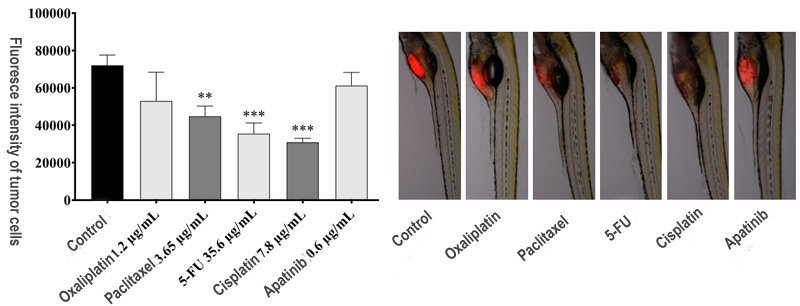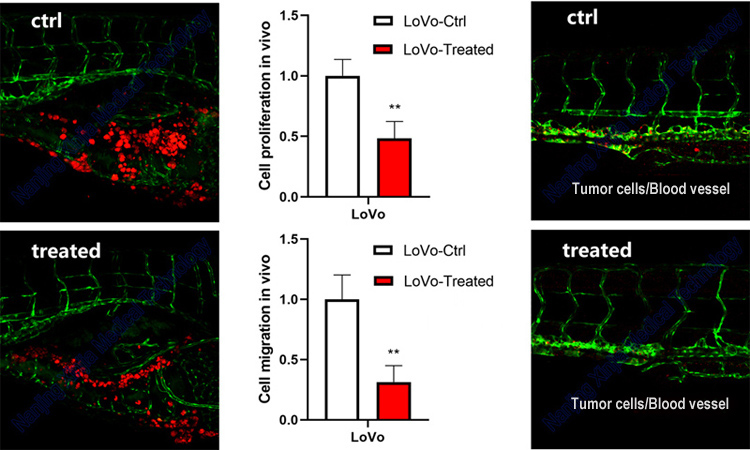Consult
- Nutritional Supplements
- Efficacy evaluation
- Safety Evaluation
- Precision Medicine
- Organoid Technical
- Culturing Reagents
- PDX Technology

Patient-derived xenograft (PDX) models have been widely used in the study of tumor growth and metastasis mechanisms, anti-tumor drug screening, and new drug evaluation. Inbred syngeneic mice and immunodeficient mice are mature PDX animal models. However, there are limitations to the mouse PDX model, such as high breeding costs, limited number of samples, long experimental cycles, and large amounts of tumor tissue or tumor cells required. Moreover, the fur of mice obstructs the imaging and observation of tumor cells in vivo.
Advantages of Zebrafish as a Model Animal: Zebrafish shares a high level of homology with human genes, up to 87%, and its signal transduction pathways are largely similar to that of humans. Zebrafish has strong reproductive ability, with external fertilization, facilitating large-scale screening. It has low breeding costs and small individual size, with the length of larvae being 1-2mm. Zebrafish is transparent and easy to observe. Its genetic manipulation system is mature, allowing for knockdown, knockout, and transgenic techniques.
Zebrafish does not have autologous immunity in the early stages, and the success rate of heterologous transplantation of tumors is high. It has a short experimental cycle and a large number of samples within the group. Currently, zebrafish tumor xenotransplantation models are increasingly being used in the study of tumor occurrence, development mechanisms, as well as screening and evaluation of anti-tumor drugs.
Case One: Z-Avatar Gastric Cancer Zebrafish PDX Drug Sensitivity Testing Case

Case Two: Co-culture Microscopy Observation of the Proliferation and Metastatic Ability of Colon Cancer Cells in zPDX Models
